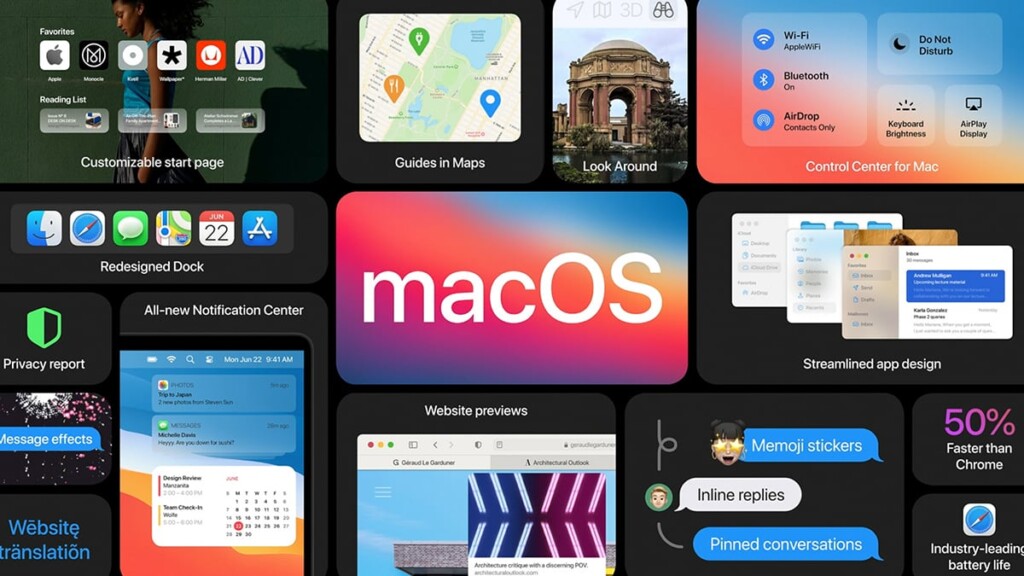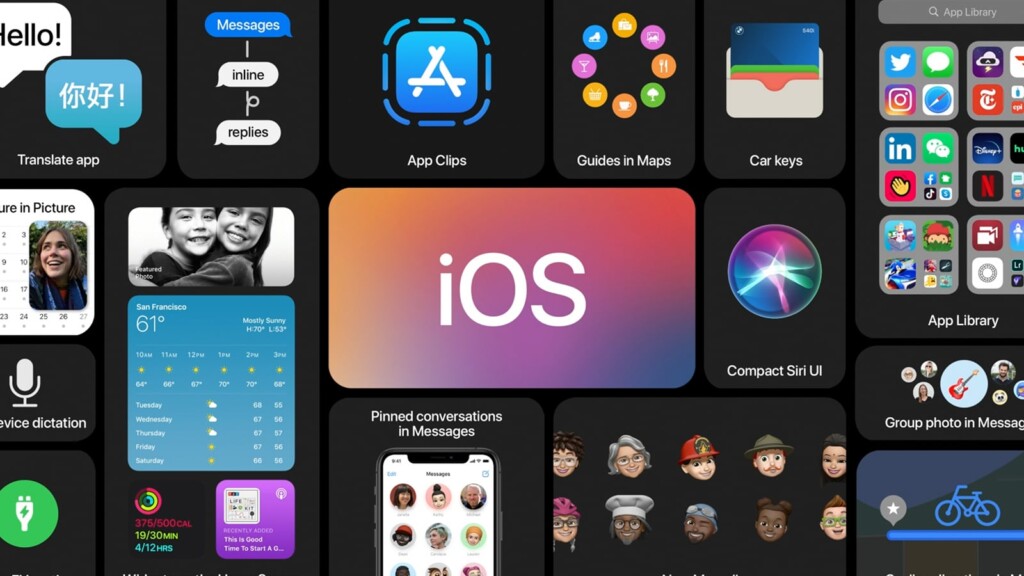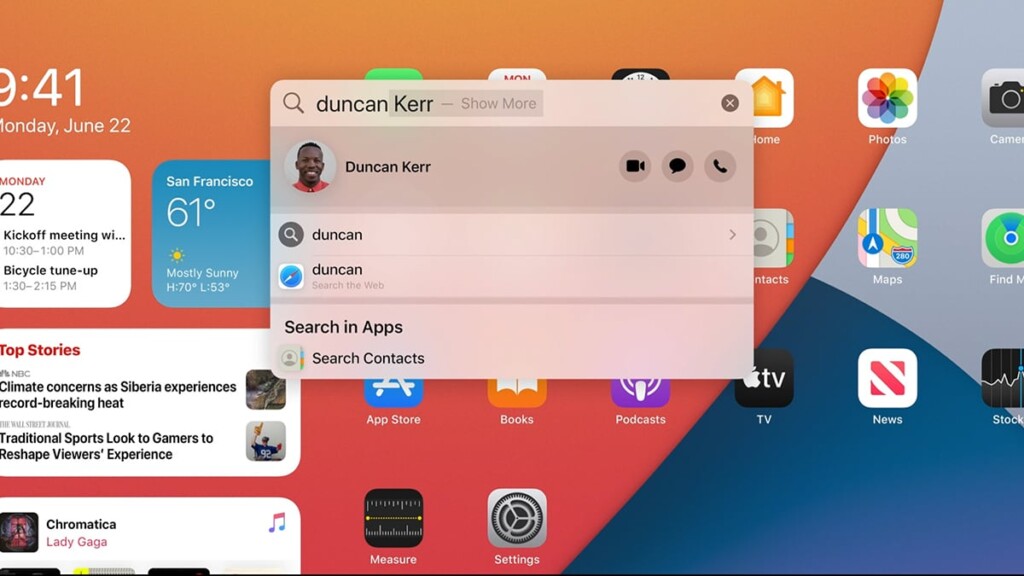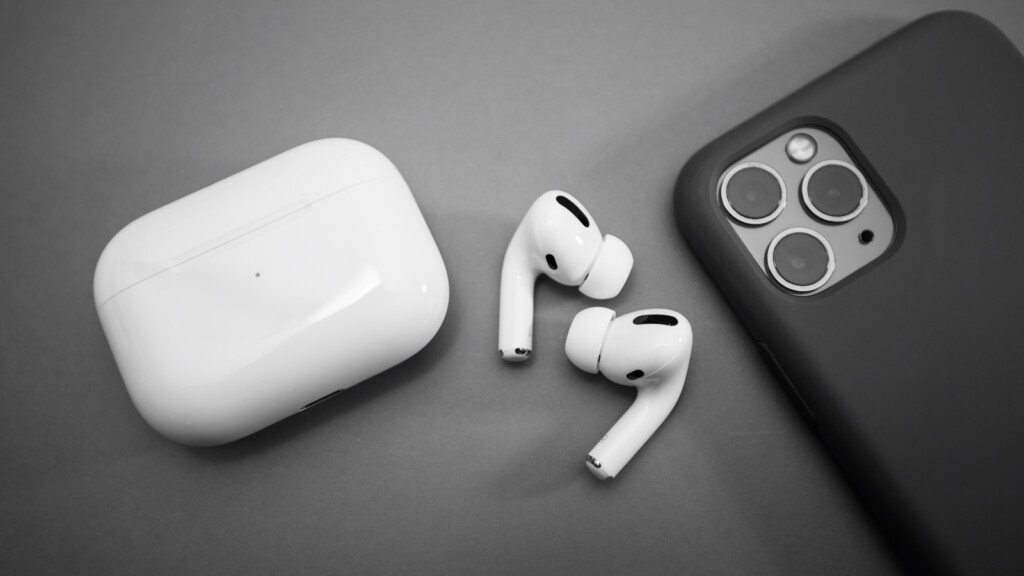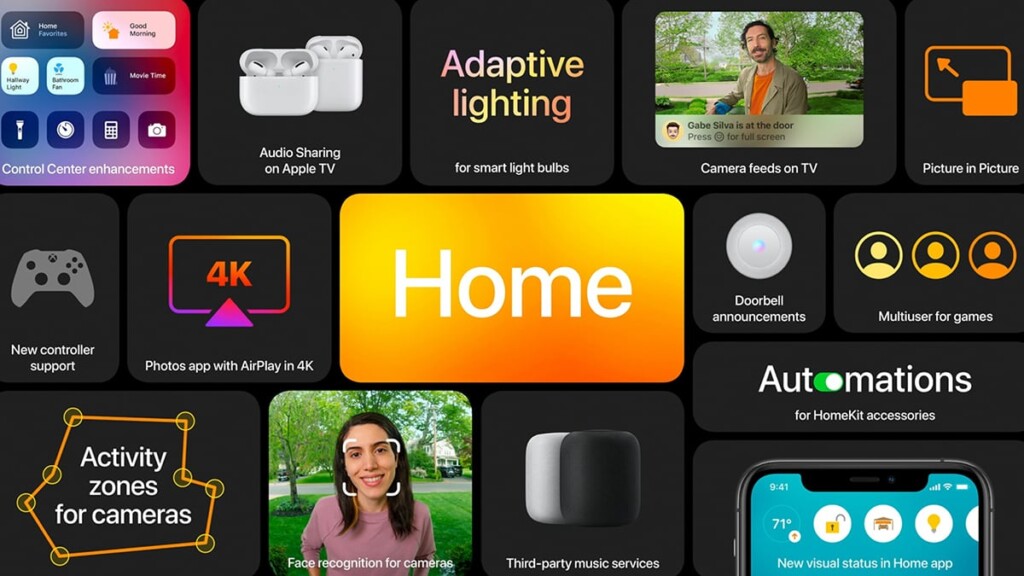
Apple’s Biggest Announcements at WWDC 2020
Apple has unveiled a plethora of new things during the latest WWDC event, covering every device they currently offer. It’s a pretty exciting time to be an Apple fan, especially if you own multiple products and want better synergy between them.
In fact, one of the announcements could mark a major milestone in the company’s history since it seems like they are about to really rock the boat in terms of hardware. Naturally, we are discussing the fact that Apple is planning to drop the Intel platform in favor of its branded silicon.
But there’s also a lot to address regarding the software side of things, mainly because new versions of macOS, iPadOS, and iOS have also been announced. There are some major design changes for all of these operating systems and some helpful new tools for third-party developers.
In short, there’s a lot to cover, so we’d better get right into it. Without any further ado, here are some of the most important announcements from WWDC 2020:
A New macOS: Big Sur
Apple's WWDC20 Keynote Screenshot (Image Courtesy of Apple).
The latest macOS version brings forth a couple of changes, but nothing too drastic in terms of functionality. One of the aspects Apple focused on while discussing Big Sur was the new Safari, which can now be customized even more.
As such, you can change the background image for your homepage and use sections like Reading List and iCloud Tabs to keep your favorite content organized. Besides, you can also easily extend the browser’s functionality by installing various extensions, which can be found on the Mac App Store.
The other major change regards the Catalyst project, which aims to practically merge iOS and macOS app development and make it a lot easier for developers to bring their applications on every Apple device. At WDCC 2020, the company announced that Catalyst apps would automatically inherit the new look, which means that developers do not have to add support for it manually.
Moreover, the new API for Catalyst should make it easier for coders to add features and make them compatible with all sorts of Apple devices.
iOS 14: Widgets, Better Maps, and App Clips
Apple's WWDC20 Keynote Screenshot (Image Courtesy of Apple).
iPhones are also getting a new OS update in the form of iOS 14, which actually packs a surprising number of new features.
One of the most exciting additions is that you can now add widgets to your home screen, much like you can on Apple Watches. The goal of these widgets is to provide you with quick access to your most-used apps, while also allowing you to access a lot more information with a simple glance at your home screen.
The new App Library design also sorts your apps by category, and it can even recommend certain apps on-the-fly by analyzing your recent activity. This has the potential to be a handy feature, but we need to first see in action.
Apple Maps is also receiving a few updates, although its scope is somewhat limited at the moment. In short, you can now get cycling route suggestions to help you get around, but this will only be possible in some specific US and Chinese cities. The main reason for this is that Apple Maps will let you know about any elevation changes you will encounter on the chosen route, as well as whether you may need to carry your bike up or down some stairs.
App Clips is not a groundbreaking addition, given that this is basically Apple’s version of Instant Apps found on Android. This allows you to try out the desired apps before downloading them, or at least get a preview of some of their features.
Lastly, there’s also the Digital CarKey update coming to both iOS 13 and iOS 14. This allows you to create a virtual key for your car and store it in your Apple Wallet. Naturally, the whole point is that you can then use NFC to unlock and start your vehicle. Unfortunately, this feature will only be available to BMW 5 Series owners, at least initially.
iPadOS 14: Better Handwriting, Better Search, and More Widgets
Apple's WWDC20 Keynote Screenshot (Image Courtesy of Apple).
The 14th iteration of the iPadOS is going to receive a few extra features as well, some of which are pretty exciting.
Widgets are also going to be available for iPads, and they should actually be much more useful in this case, mainly because there’s a lot more screen real estate. This makes it easier to pack more relevant information onto the home screen.
Handwriting is getting better, thanks to a new feature called Scribble. It allows you to use the pen on any text input, such as when you have to give your address or a phone number. Scribble can automatically convert your handwriting into text, which is definitely a great feature - at least as long as it works as intended.
There’s also an improved 'Search' function, which can now be used to search contacts, apps, or anything else that might be relevant to your query. This can also be a way to quickly launch apps without having to manually search for them.
Your AirPods Are Getting Smarter
One of the most interesting upcoming features unveiled at WWDC relates to how AirPods are going to function if you own multiple Apple devices and want to switch between them seamlessly.
Hence, from now own, your AirPods will automatically switch devices, depending on which one is currently playing audio. Thanks to this, you won’t have to manually pair the earphones with your iPad when you decide to watch something on YouTube after listening to music on your iPhone.
Furthermore, AirPods Pro are also receiving spatial audio capabilities. By using the accelerometer, they will be able to keep track of your head’s location at all times and the location of the device playing the audio. This should make the experience a lot more immersive - at least in theory.
Read More: AirPods Update Introduces “Automagic” Audio Switching and Spatial Audio
A Multitude of New watchOS Features
Apple's WWDC20 Keynote Screenshot (Image Courtesy of Apple).
Apple still hasn’t given up on the Apple Watch yet, and it’s actually quite obvious that the company is going to push this device for at least a few more years. Hence, the new watchOS 7 comes with quite a few interesting additions and changes.
The first change comes in the form of a feature called Face Swapping, which allows you to quickly get new watch faces by simply searching for them on social media or the developer’s website. Many people are going to be thankful for this because, at the moment, it can be quite challenging to get a hold of a watch face.
After that, the new OS is also going to be able to track your dance moves. Supposedly, this will be achieved by making use of the device’s accelerometer and heart monitor, although that’s a bit far-fetched. On the other hand, we are definitely curious to see what’s possible.
Sleep tracking is also coming with this new update, and Apple plans on using machine learning to provide you with feedback concerning your sleep activity. Obviously, you will get better results by using an Apple Watch, since its sensor will be able to track your movements throughout the night.
Since the Coronavirus pandemic is ongoing, the new watchOS 7 is also going to be able to track activities like washing your hands. That sounds more sci-fi than it actually is because what this feature actually does is listen to the sound of running water and start a countdown to let you know for how long you should wash your hands.
AppleTV Gets Picture-in-Picture and Multi-User Support
Apple's WWDC20 Keynote Screenshot (Image Courtesy of Apple).
Apple did not forget about their TVs either, which is why tvOS 14 was also announced at WWDC 2020.
The most interesting feature is the support for Picture-in-Picture, which makes it a lot easier to keep multiple apps visible at the same time. Hence, you can watch videos, keep tabs on your conversations, and maybe play some music simultaneously.
The multi-user support is mostly designed for Apple Arcade games. In short, this new feature will allow each user to track their progress in various video games, without overwriting someone else’s save files.
Related: Devices Compatible With iOS 14, iPadOS 14, tvOS 14, watchOS 7, and macOS Big Sur!
No More Intel?
Apple's WWDC2020 Keynote Screenshot (Image Courtesy of Apple).
On top of all these WWDC announcements about new operating systems, Apple also stated that it is planning on dropping Intel CPUs in favor of its own custom-made silicon based on the ARM architecture. This is definitely big news, especially when you consider the fact that Apple and Intel have been collaborating for almost 15 years now.
On the other hand, it’s not that surprising in hindsight. iPads and iPhones are already using custom CPUs designed by Apple, so it was only a matter of time until the company would feel confident enough to do this for all of their devices. It’s worth pointing out that it’s not as simple as equipping Macbooks with different CPUs since the instruction sets are different for the two architectures. Because of this, most third-party apps won’t be able to run on ARM CPUs, as is the case with the Adobe Suite, or Pro Tools.
Apple can very well make the transition quite quickly when it comes to their operating system and their in-house apps. Still, everyone else may not be willing to put in so much additional work to make their programs compatible with ARM. To mitigate this issue, Apple is already working on some tools that would make it possible for apps to be automatically converted to support the ARM instruction set. How feasible is this idea going to be remains to be seen, especially since we have no actual proof of this yet.
The good news is that this switch would make it a lot easier for developers to create cross-platform apps for Apple devices. Hence, since everything in the Apple line-up will be using the same CPUs (more or less), you won’t have to create special iPad and iPhone versions of your app anymore.
The bad news is that this will make it even harder for everyone else to release their apps on both PC and Mac. Older programs will also be next-to-impossible to run on newer hardware - at least if Apple doesn’t manage to solve this issue using the instruction set translator they are talking about.
